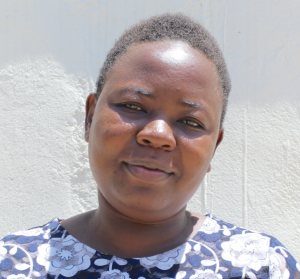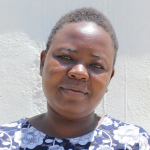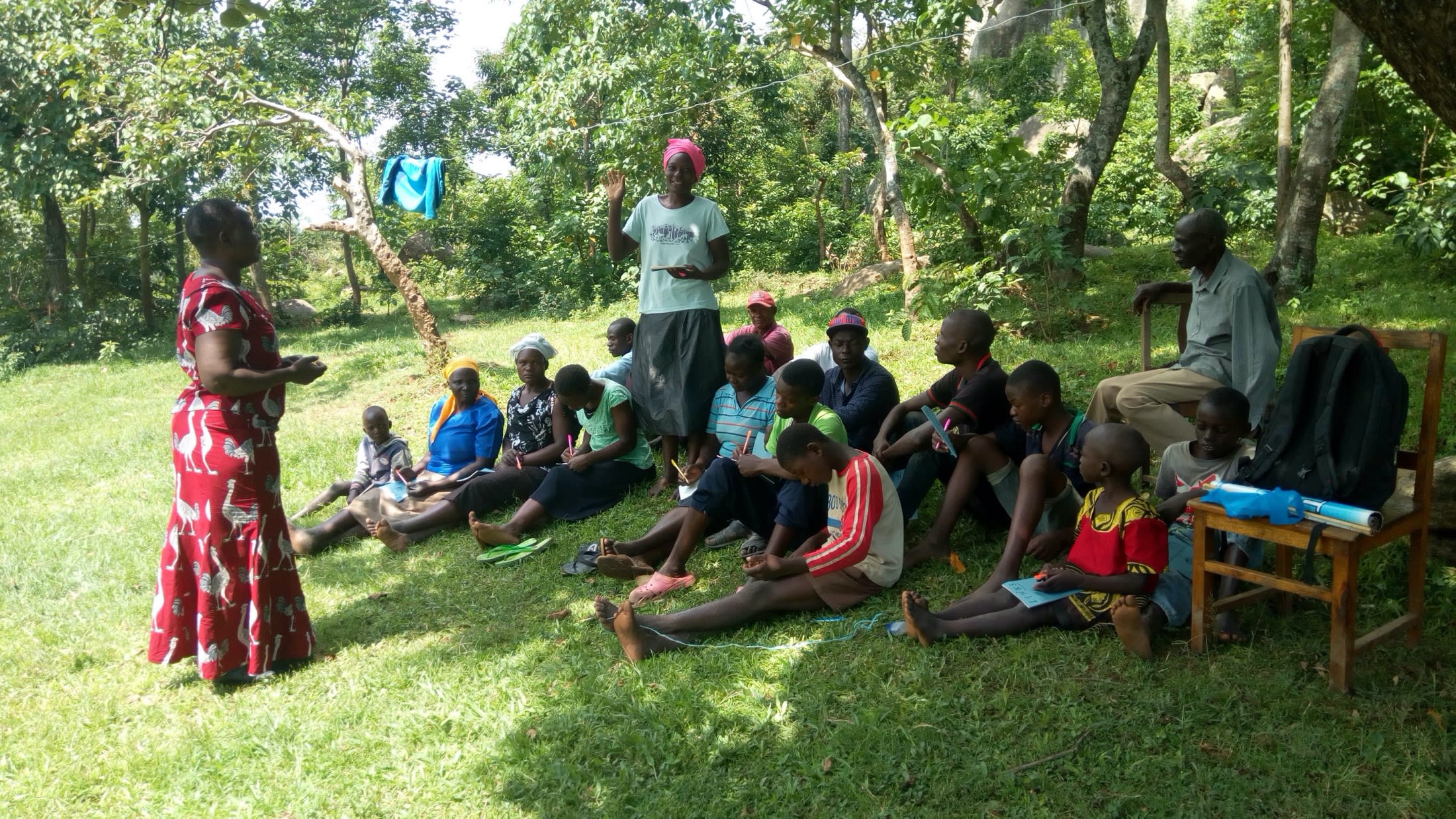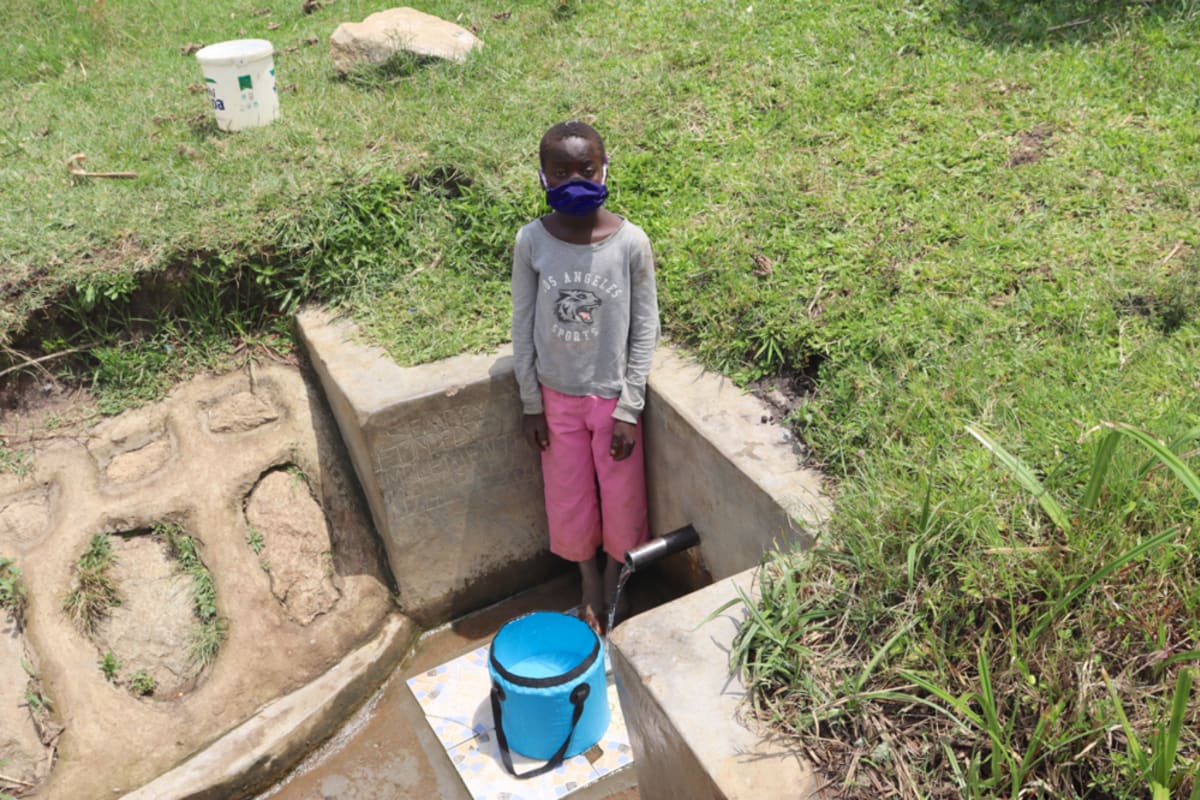An average day in Chegulo begins early at 6 am in the morning when women wake up and work with their children to do some morning chores including going to the spring for water. The men wake up and head straight to the sugarcane plantation to work. Wives later join their husbands on the farm.
The spring women frequent throughout the day is called Sembeya Spring. It is the closest, most convenient place to get water for drinking, cooking, and cleaning. But it was very sad to see people from the community filling their containers with this water. The water is filthy, as it is open to all kinds of contamination.
It also takes a long time to fetch water. The more people dunking their containers under the surface, the muckier the water gets. This forces women to wait several minutes until the water has cleared.
These 294 people regularly content with water-related sicknesses like typhoid. A lot of their resources are spent on treatment.
What we can do:
"I am more than excited to know that my spring will be protected and the entire community will access clean and safe water. My people's lifespans will increase, thus my happiness for decades," said Mrs. Ayieta, the woman we met fetching water at Sembeya Spring.
Spring Protection
Protecting the spring will ensure that the water is safe, adequate and secure. Construction will keep surface runoff and other contaminants out of the water. With the community’s high involvement in the process, there should be a good sense of responsibility and ownership for the new clean water source.
Fetching water is predominantly a female role, done by both women and young girls. Protecting the spring and offering training and support will, therefore, help empower the female members of the community by giving them more time and efforts to engage and invest in income-generating activities.
Training
"The level of sanitation and hygiene in this community is really wanting - as apart from accessing dirty water, most homes lack proper information on sanitation and hygiene. This has really been a threat to our health," said Mr. Khatere.
Community members will attend hygiene and sanitation training for at least two days. This training will ensure participants have the knowledge they need about healthy practices and their importance. The facilitator plans to use PHAST (Participatory Hygiene and Sanitation Transformation), CLTS (Community-Led Total Sanitation), ABCD (Asset-Based Community Development), group discussions, handouts, and demonstrations at the spring. One of the most important topics we plan to cover is the handling, storage, and treatment of water. Having a clean water source will be extremely helpful, but it is useless if water gets contaminated by the time it’s consumed.
Training will also result in the formation of a committee that will oversee operations and maintenance at the spring. They will enforce proper behavior around the spring and delegate tasks that will help preserve the site, such as building a fence and digging proper drainage. The fence will keep out destructive animals, and the drainage will keep the area’s mosquito population at a minimum.
Sanitation Platforms
Less than 60% of households have their own pit latrines. Those who don't have one share with their neighbor. The latrines we observed are in poor condition and threaten their users. The floors suspended over the pits put the users at risk of falling through.
On the final day of training, participants will select five families that should most benefit from new latrine floors.
Training will also inform the community and selected families on what they need to contribute to make this project a success. They must mobilize locally available materials, such as bricks, clean sand, hardcore, and ballast. The five families chosen for sanitation platforms must prepare by sinking a pit for the sanitation platforms to be placed over. All community members must work together to make sure that accommodations and food are always provided for the work teams.

 Protected Spring
Protected Spring
 Rehabilitation Project
Rehabilitation Project
































